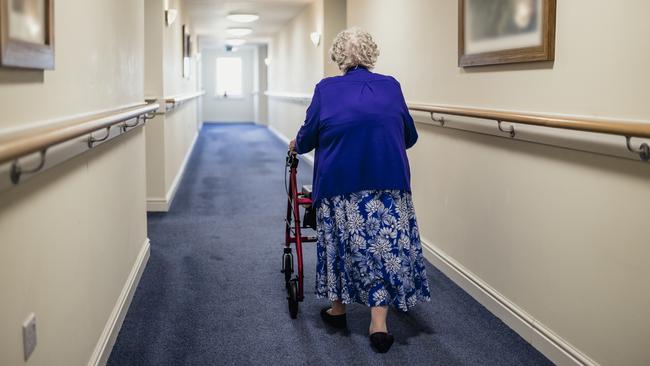Growing gap in rural aged care
Urgent government intervention is needed to address a significant, growing shortfall of aged care services for elderly Australians living in rural communities.

Urgent government intervention is needed to address a growing shortfall of aged-care services for elderly Australians in rural areas.
A new La Trobe University study revealed that within a decade there would be a shortfall of more than 6000 at-home and residential aged-care places for Australians aged over 65 in rural and remote areas.
The researchers found a gap of more than 2000 places in residential aged care outside cities.
Increased life expectancy and an ageing population mean that by 2032 an additional 3390 residential care places and about 3000 home-care packages will be required in rural and remote areas alone.
Lead researcher Irene Blackberry, who is the director of La Trobe’s new Care Economy Research Institute, said the study, published in the journal Geriatrics, highlighted the widening geographical disparities in aged care in Australia and the need for urgent intervention from the federal government.

“Rural and remote communities will be hit the hardest,” Professor Blackberry said. “To bring aged-care service levels for those aged over 65 to similar levels to those enjoyed in metro-urban settings, we will need more than 3000-plus residential care places and 3000 home-care packages in remote communities alone.
“And then there’s rural and regional communities which are also less well serviced than metro regions. It’s time these disparities were recognised and addressed.”
The Royal Commission on Quality and Safety in Aged Care highlighted neglect, abuse, staff shortages and funding issues. It also identified the inequity in access to aged-care services between people living in rural and metropolitan areas.
The La Trobe study analysed data from the Australian Bureau of Statistics and Australian Institute of Health and Welfare Gen databases. It found there would be an increase of 16,876 people over 65 living in remote areas by 2025 and an additional 40,176 people in 2032.






To join the conversation, please log in. Don't have an account? Register
Join the conversation, you are commenting as Logout